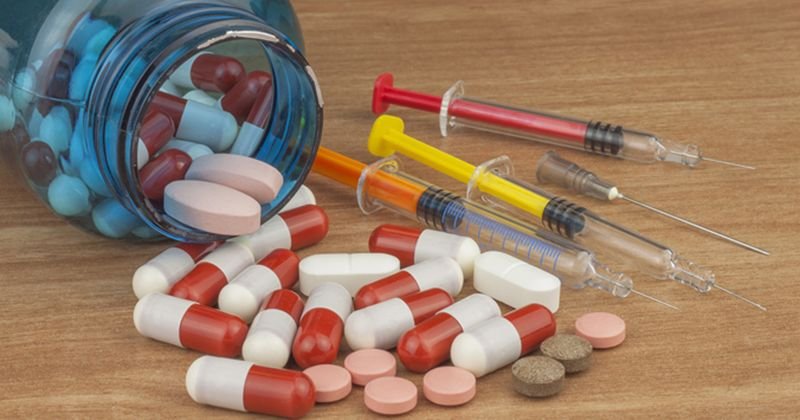Anabolic steroids have long been a topic of discussion in the fitness, bodybuilding, and medical communities. While often associated with performance enhancement, their fundamental function revolves around promoting muscle growth and recovery. But how exactly do anabolic steroids work? Let’s dive into the science behind these powerful compounds and their role in muscle growth.
Understanding Anabolic Steroids
Anabolic steroids are synthetic derivatives of testosterone, the primary male sex hormone responsible for muscle growth, strength, and overall masculinity. These compounds are designed to mimic testosterone’s effects in the body, promoting increased protein synthesis and nitrogen retention—two critical factors in muscle development.
There are two key aspects of anabolic steroids:
- Anabolic Effects – This refers to muscle-building properties, including enhanced protein synthesis and muscle repair.
- Androgenic Effects – These relate to male characteristics like deepened voice, increased body hair, and aggression.
Modern anabolic steroids aim to maximize anabolic effects while minimizing androgenic side effects, making them more effective for muscle growth.

Mechanism of Action: How Steroids Enhance Muscle Growth
Increased Protein Synthesis
Muscle growth largely depends on protein synthesis, the process where cells build proteins essential for muscle repair and hypertrophy. Anabolic steroids enhance this process by binding to androgen receptors in muscle cells, stimulating the production of proteins at a much higher rate. This leads to faster recovery and muscle growth, allowing users to train harder and more frequently.
Improved Nitrogen Retention
Nitrogen balance is a crucial indicator of muscle growth potential. A positive nitrogen balance means that the body is retaining more nitrogen than it is excreting, leading to an anabolic (muscle-building) state. Steroids enhance nitrogen retention, preventing muscle breakdown (catabolism) and ensuring a favorable environment for growth. However, the effects depend on how anabolic is masteron or any other compound.
Enhanced Red Blood Cell Production
Red blood cells carry oxygen to muscles, which is vital for endurance and performance. Anabolic steroids stimulate the production of erythropoietin, a hormone responsible for increasing red blood cell count. This improves oxygen delivery to muscles, reducing fatigue and enabling longer, more intense workouts.
Increased IGF-1 Production
Insulin-like Growth Factor 1 (IGF-1) is a powerful hormone that plays a crucial role in muscle development. Anabolic steroids enhance IGF-1 production, accelerating muscle repair and growth. This further contributes to rapid gains in muscle mass and strength.
Suppression of Cortisol
Cortisol is a catabolic hormone that breaks down muscle tissue, leading to muscle loss and recovery delays. Anabolic steroids counteract cortisol’s effects, reducing muscle breakdown and helping the body stay in an anabolic state longer.
Potential Risks and Side Effects
While anabolic steroids offer significant muscle growth benefits, they also come with potential risks, especially when misused. Some common side effects include:
- Hormonal Imbalances – Suppressed natural testosterone production, leading to testicular shrinkage and gynecomastia (breast development in men).
- Cardiovascular Issues – Increased risk of high blood pressure, heart disease, and cholesterol imbalances.
- Liver and Kidney Damage – Oral steroids, in particular, can be toxic to the liver.
- Mood Swings and Behavioral Changes – Often referred to as “roid rage,” increased aggression and mood instability can occur.
Final Thoughts
Anabolic steroids work by enhancing protein synthesis, nitrogen retention, red blood cell production, and IGF-1 levels, all of which contribute to rapid muscle growth and recovery. However, their use comes with significant risks, making it essential for individuals to weigh the pros and cons before considering them. Proper knowledge, medical supervision, and responsible use are critical to maximizing benefits while minimizing potential harm.